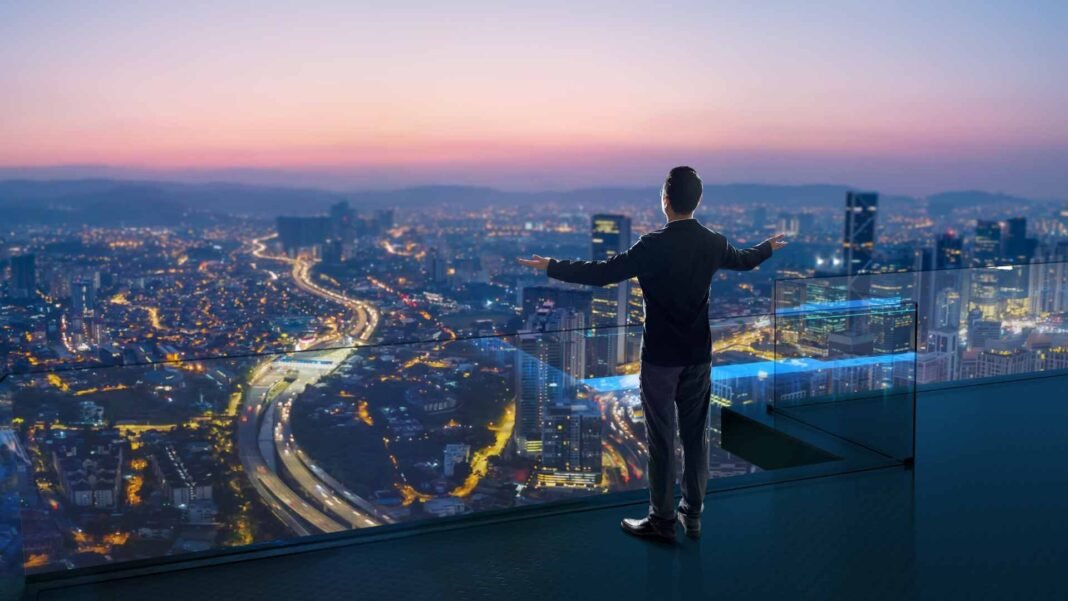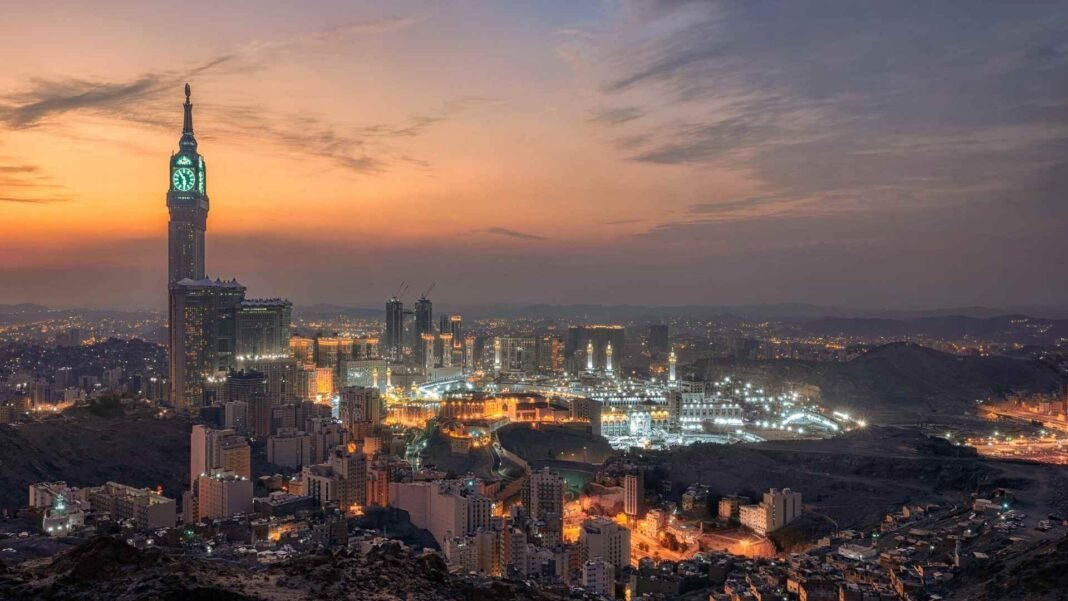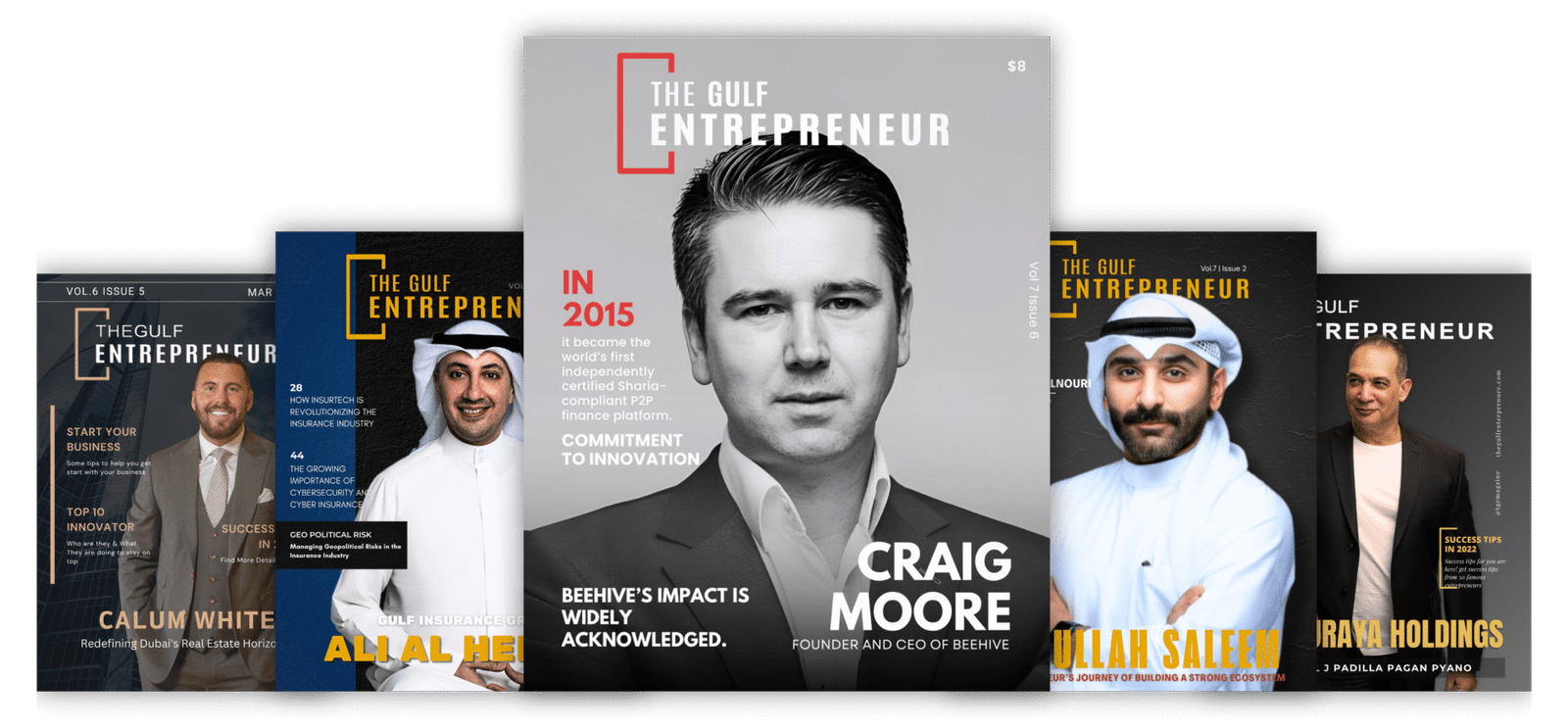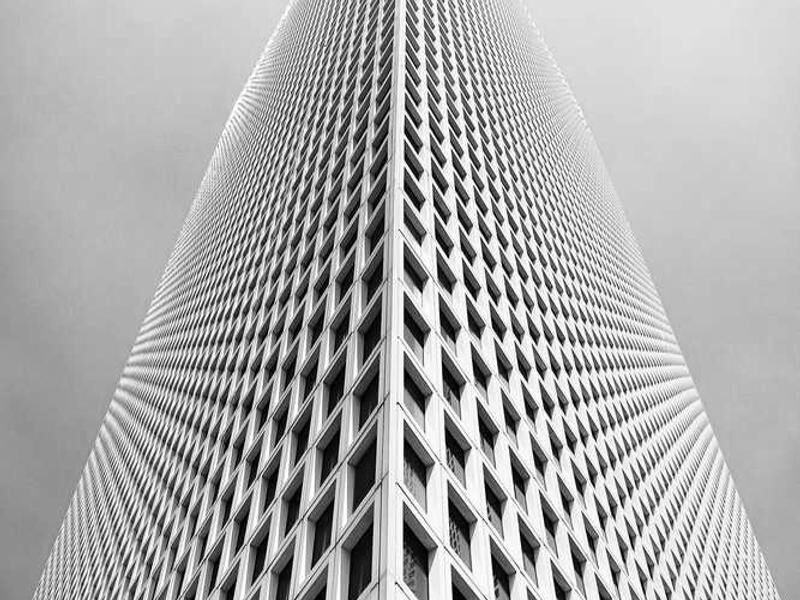Saudi Arabia’s Vision 2030, launched in April 2016 by Crown Prince Mohammed bin Salman, is a strategic framework to diversify the economy, reduce oil dependency, and transform the nation socially and culturally. It aims to create a vibrant society, a thriving economy, and an ambitious nation, with mega projects, or “giga-projects,” at its core. These projects, funded largely by the Public Investment Fund (PIF), are designed to stimulate economic growth, boost tourism, and create jobs.
NEOM: A Vision of the Future
NEOM is a flagship project located in Tabuk Province, at the northern tip of the Red Sea, spanning 26,500 square kilometers. Announced in 2017, it includes multiple regions: THE LINE (a 170-kilometer linear city), Trojena (a mountain resort), Magna (coastal development), Sindalah (islands), and Oxagon (a port). The vision is a zero-carbon, technology-driven city powered by renewable energy, with 95% preserved as nature reserves. It aims to house 9 million people eventually, create 460,000 jobs, and add $48 billion to GDP.
Current Status and Timeline:
Construction began in 2019, with Sindalah opening in 2024 for visitors, three years behind schedule and at three times the initial cost. THE LINE, meant for 1.5 million residents by 2030, now expects fewer than 300,000, with officials scaling back to 2.4 kilometers by 2030 instead of 170 kilometers. Recent updates suggest THE LINE may take 100 years to complete and populate, as shared at the World Economic Forum in Davos in January 2025. Other regions like Trojena and Oxagon are underway, with the world’s largest green hydrogen plant in development.
Cost and Challenges:
Early estimates were $500 billion, but recent reports, including a Wall Street Journal article from March 2025, suggest costs could reach $8.8 trillion, more than 25 times Saudi Arabia’s annual budget. Bloomberg and CNBC report a 2024 estimate of $1.5 trillion, with significant cost overruns due to labor shortages, inadequate infrastructure, and financial mismanagement. An internal audit aided by McKinsey & Co. found “evidence of deliberate manipulation” of finances, with McKinsey’s fees reaching $130 million in a year. Despite denials from Saudi officials, the project faces skepticism, with some executives removed for dissent.
Key Features and Impact:
NEOM combines luxury, sustainability, and innovation, with a 468-kilometer coastline, 41 islands, and a special economic zone. It supports 13% of global trade passing through the Red Sea and is within 6 hours’ flight from 40% of the world. It aims to reduce urban sprawl, enhance livability, and attract global investors, but delays and costs raise questions about feasibility.
Qiddiya: The Power of Play
Qiddiya, launched in 2018 by King Salman bin Abdulaziz, is an entertainment, sports, and culture hub near Riyadh, developed by Qiddiya Investment Company, wholly owned by PIF. It spans an area twice the size of Washington D.C. and aims to be the “global capital of entertainment, sports & culture,” targeting 17 million annual visitors by 2030.
Current Status and Timeline:
Construction started in 2019, with major projects like Six Flags Qiddiya City, Aquarabia waterpark, and a Formula One racetrack underway. The racetrack is scheduled to open in 2027, but no firm opening date for the entire project exists. In 2022, Qiddiya awarded a SAR 2.8 billion ($747 million) contract for the region’s biggest water park, and in 2021, a SR3.75 billion ($1 billion) contract for Six Flags, including Falcon’s Flight, the world’s longest, tallest, and fastest rollercoaster.
Cost and Economic Impact:
While no specific cost is publicly available, it is expected to add $36 billion to GDP annually and create over 325,000 jobs, as per a Skift article from December 2023. It targets Saudi Arabia’s youthful population, with 67% under 35, offering world-class entertainment to reduce overseas travel needs.
Key Features and Challenges:
Qiddiya includes international sports arenas, concert venues, academies for sports and arts, and family-friendly theme parks. It aims to make Riyadh one of the world’s top 10 city economies and enhance quality of life. Delays and lack of a firm opening date pose challenges, but it remains a cornerstone of Vision 2030, supported by PIF funding.
Beyond NEOM and Qiddiya: Other Vision 2030 Projects
Vision 2030 includes 14 giga-projects, with The Red Sea Project and Diriyah notable additions.
The Red Sea Project:
Launched in 2018, it spans 28,000 square kilometers along the west coast, with 22 islands and 6 inland locations. It aims for 1 million visitors annually by 2030, offering 8,000 hotel rooms and 1,300 luxury residences. It preserves 75% for conservation, targeting a 30% net positive conservation benefit by 2040, combining luxury with sustainability. The current status shows active development, established in 2018, with no specific cost disclosed, but its scale suggests significant investment.
Other Projects:
- Diriyah: Restores the historic area near Riyadh, focusing on culture and tourism, enhancing Saudi heritage.
- King Salman Park: A green urban space in Riyadh, supporting urban development and quality of life.
- Jeddah Central Project: Urban redevelopment in Jeddah, boosting trade and tourism.
- Masar in Makkah: Enhances pilgrimage infrastructure, supporting religious tourism.
These projects, funded by PIF, create jobs, attract investment, and support Vision 2030’s goals. Spending on Vision 2030 programs increased by 33.8% annually, as per Arab News in November 2024, with a 2025 budget of SR1.28 trillion ($342 billion), reflecting a commitment despite challenges.
Economic and Social Impact
These mega projects are transforming Saudi Arabia. NEOM could add $48 billion to GDP, Qiddiya $36 billion annually, and the Red Sea Project boosts luxury tourism. They create jobs in construction, tourism, and services, reducing oil dependency. Socially, they offer entertainment options for young Saudis, enhancing quality of life and reducing the need for foreign travel. However, high costs, delays, and labor issues pose challenges. Saudi Arabia is reprioritizing, with some projects delayed for the 2034 World Cup, ensuring long-term success.
Controversies and Challenges
Controversy surrounds NEOM, with reports of scaling back, cost overruns, and human rights concerns, including migrant worker deaths. Qiddiya and The Red Sea Project face delays, with no firm timelines, raising questions about feasibility. Despite official denials, global media like Bloomberg and the Wall Street Journal highlight financial and logistical challenges, reflecting the complexity of such ambitious projects.
NEOM, Qiddiya, and projects like The Red Sea are bold steps under Vision 2030, showing Saudi Arabia’s ambition to diversify its economy and become a global hub. Despite challenges, they are moving forward, creating jobs and shaping a new future. As of April 2025, these projects










